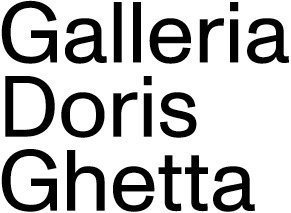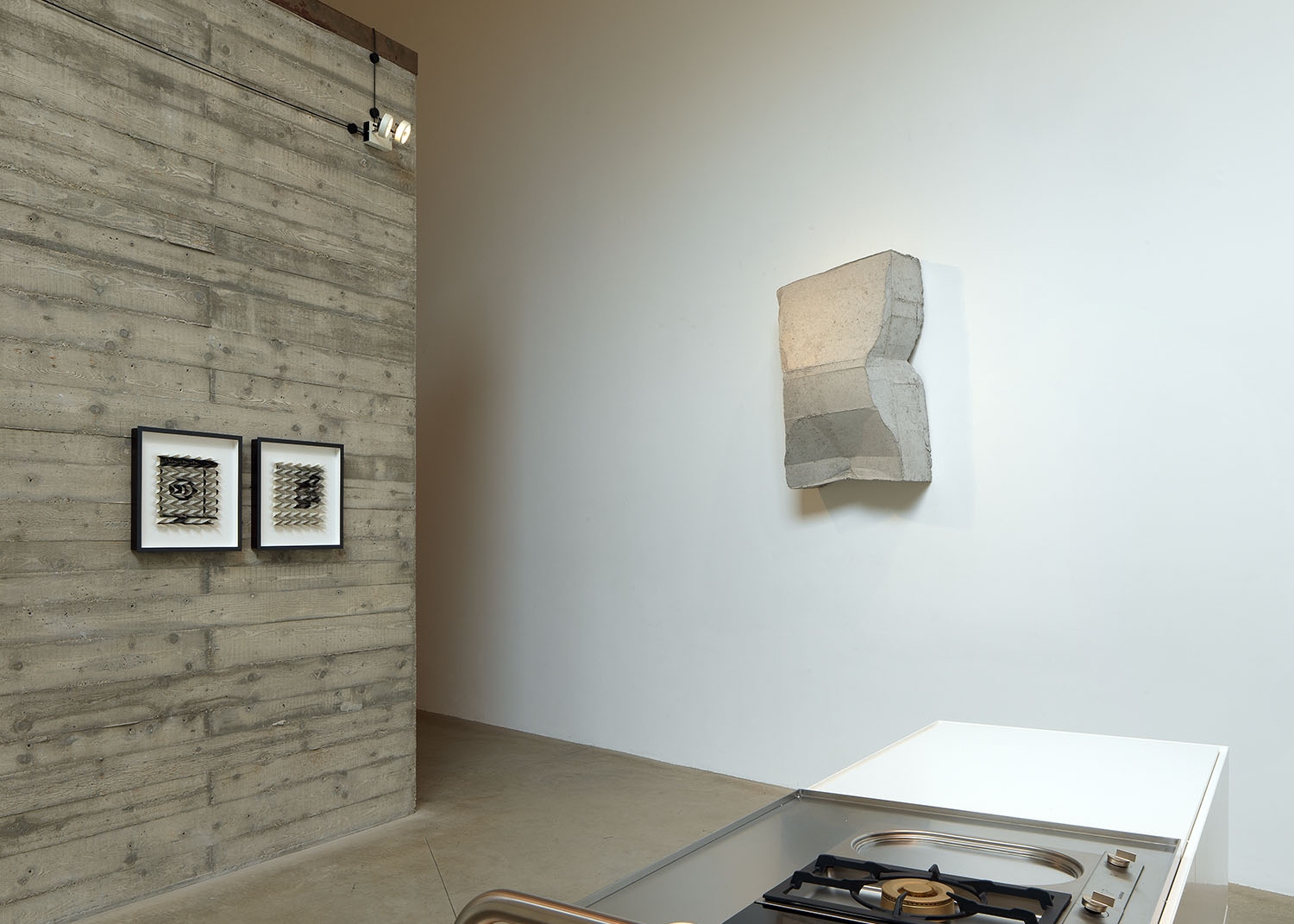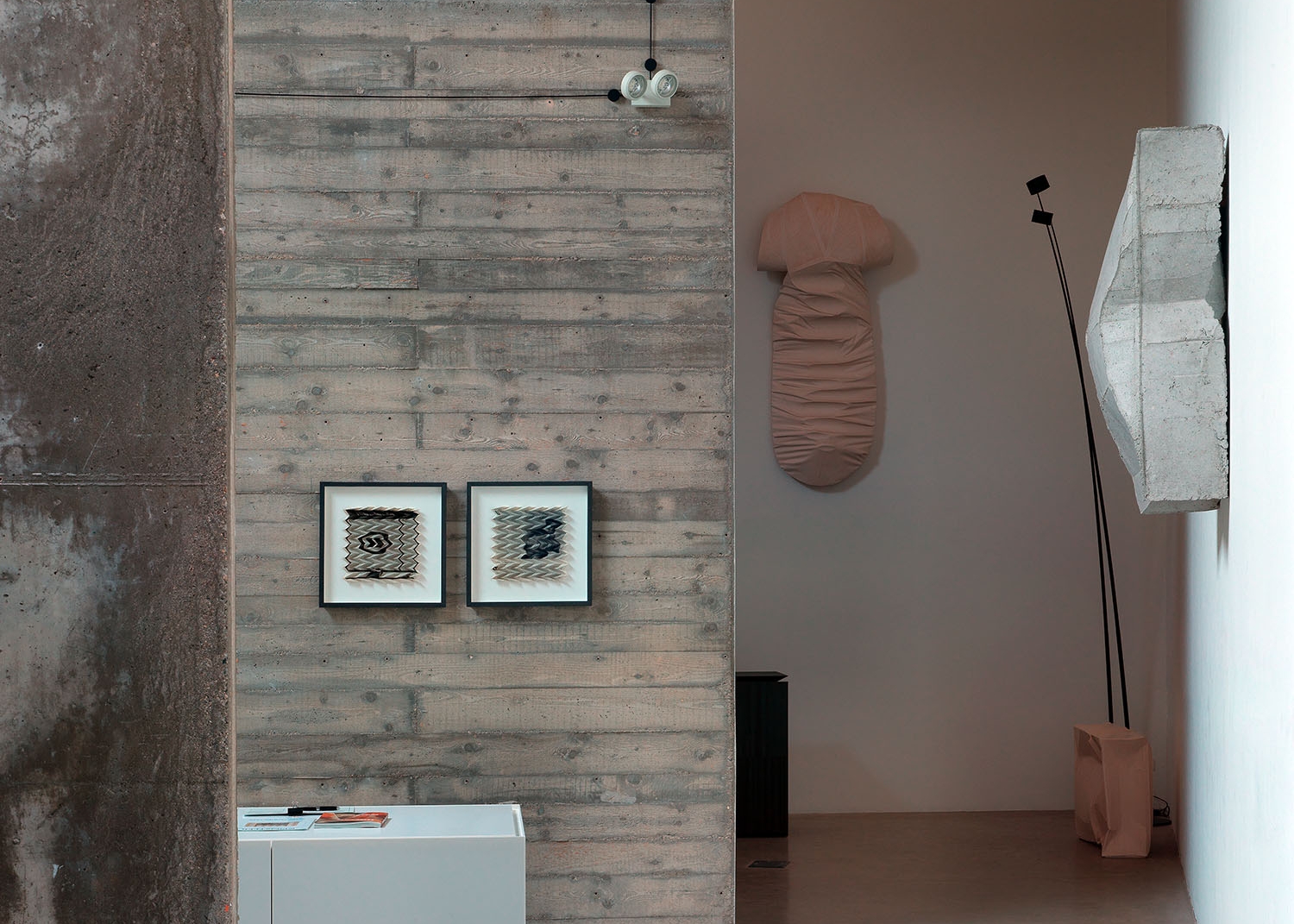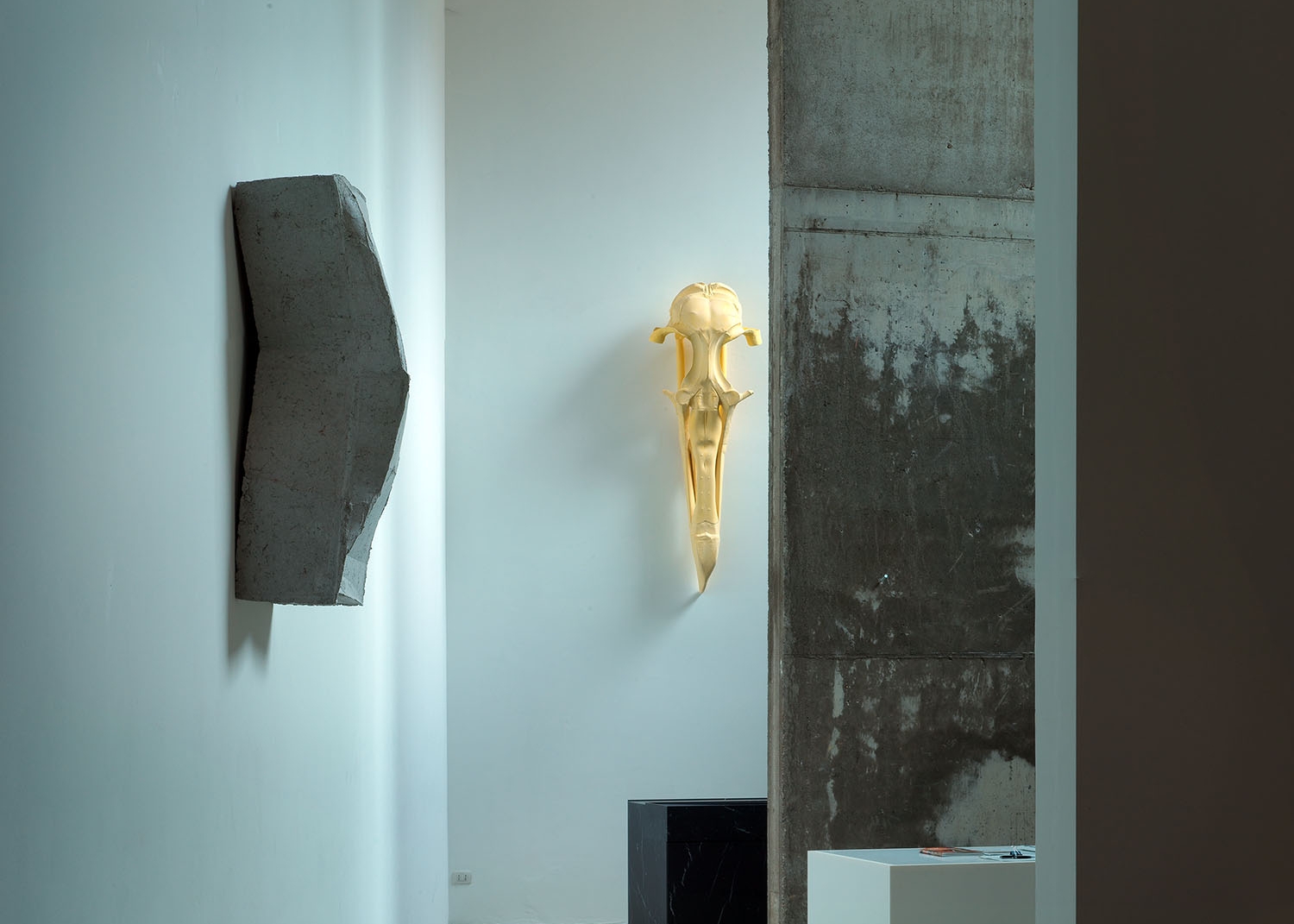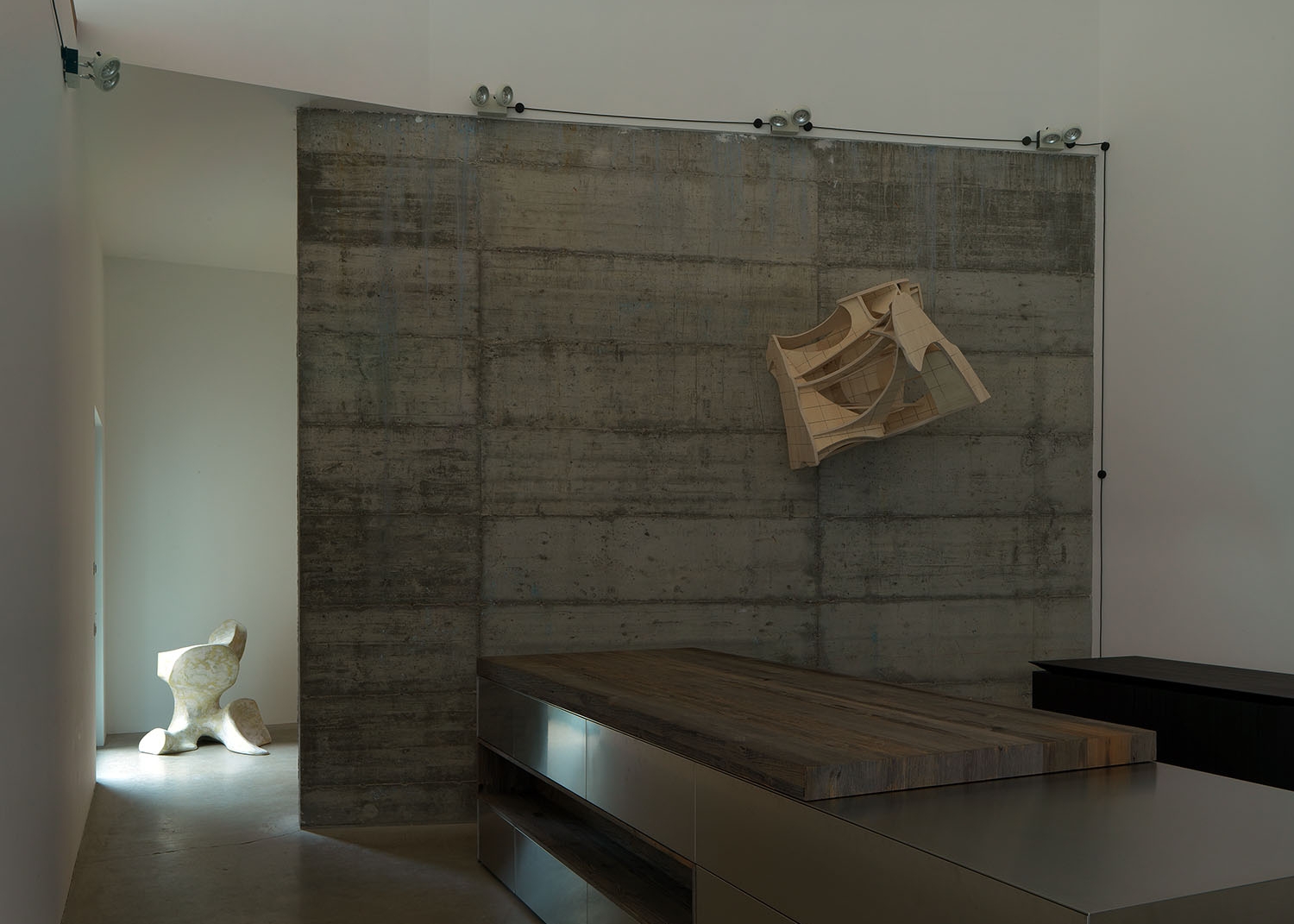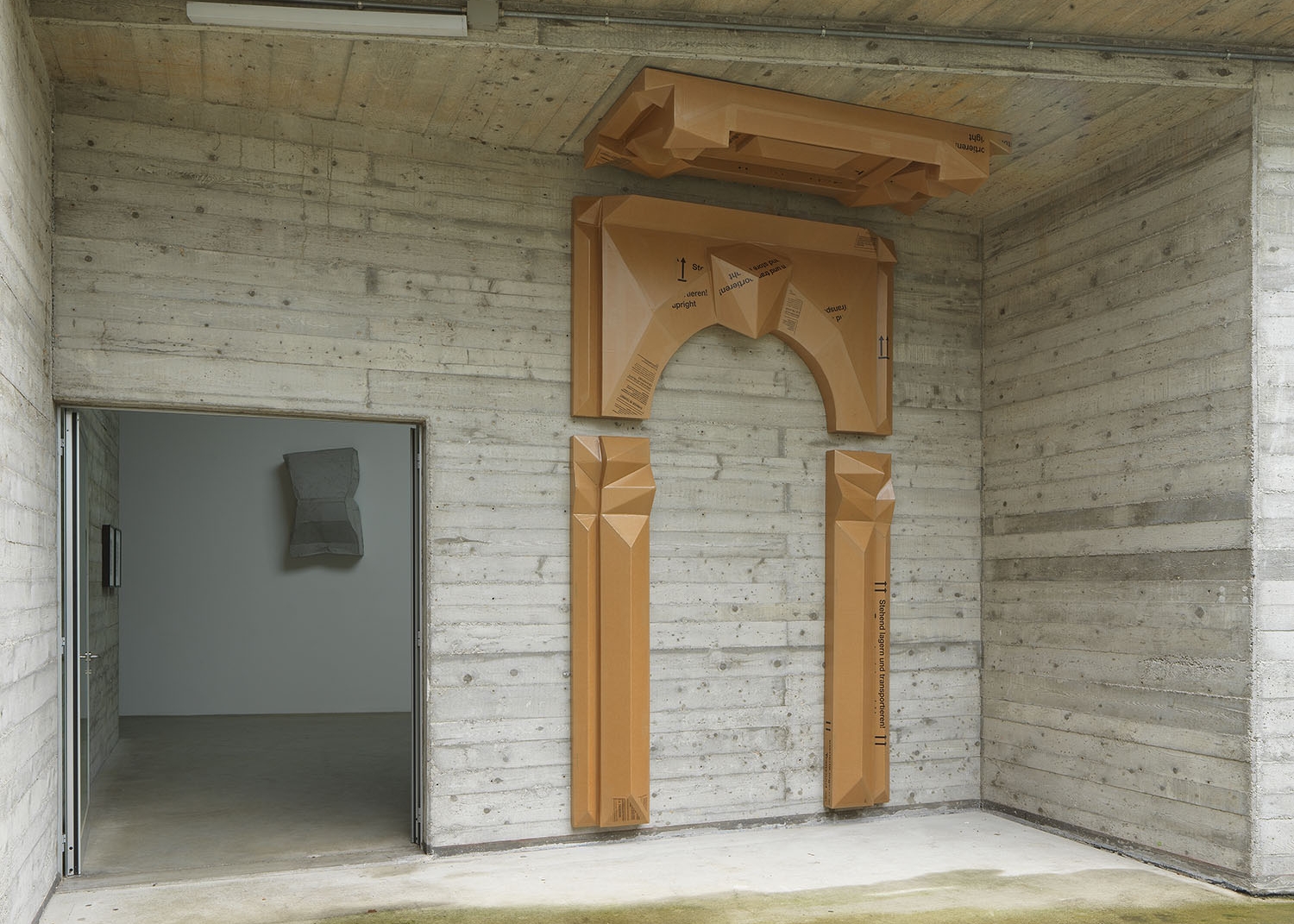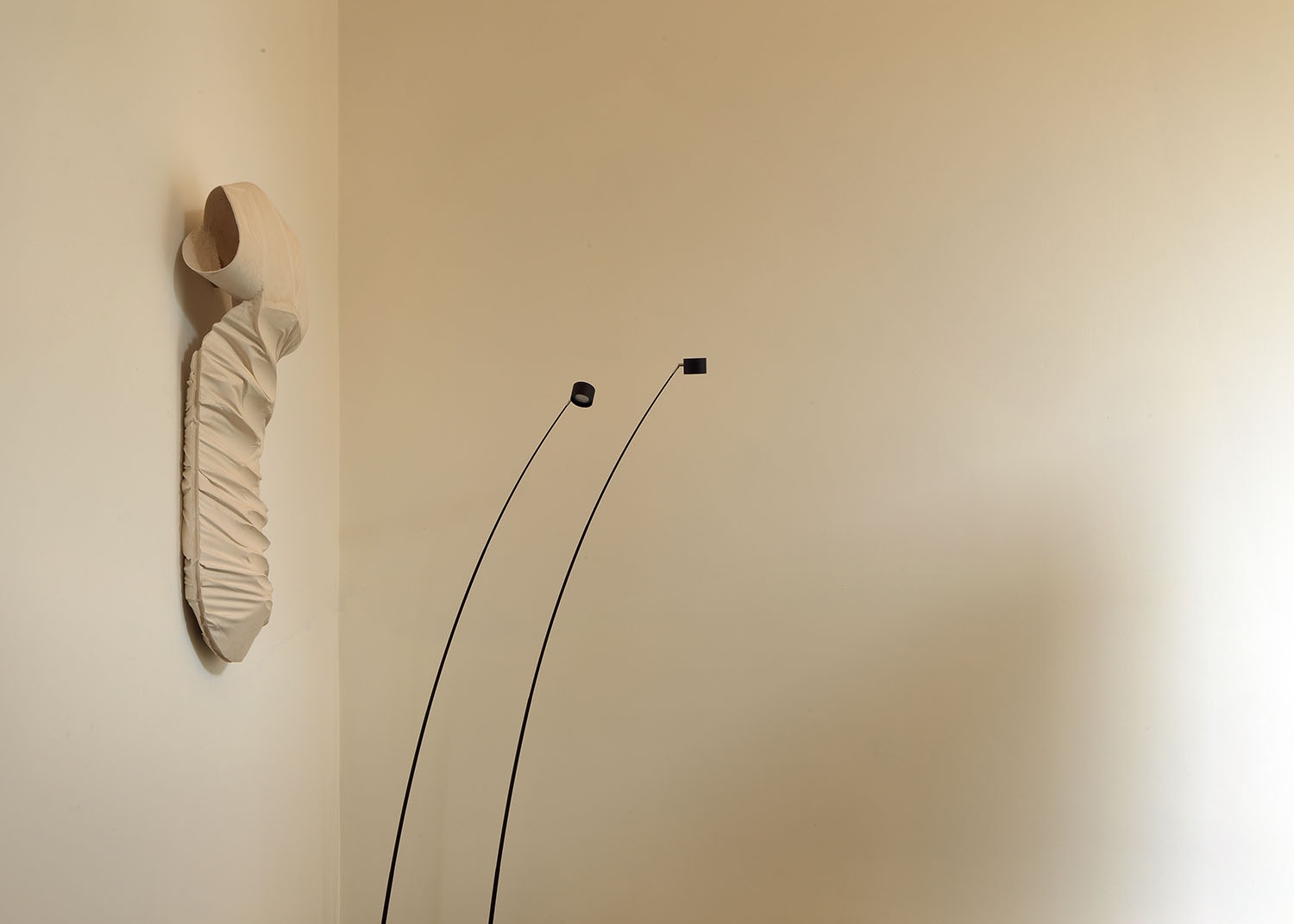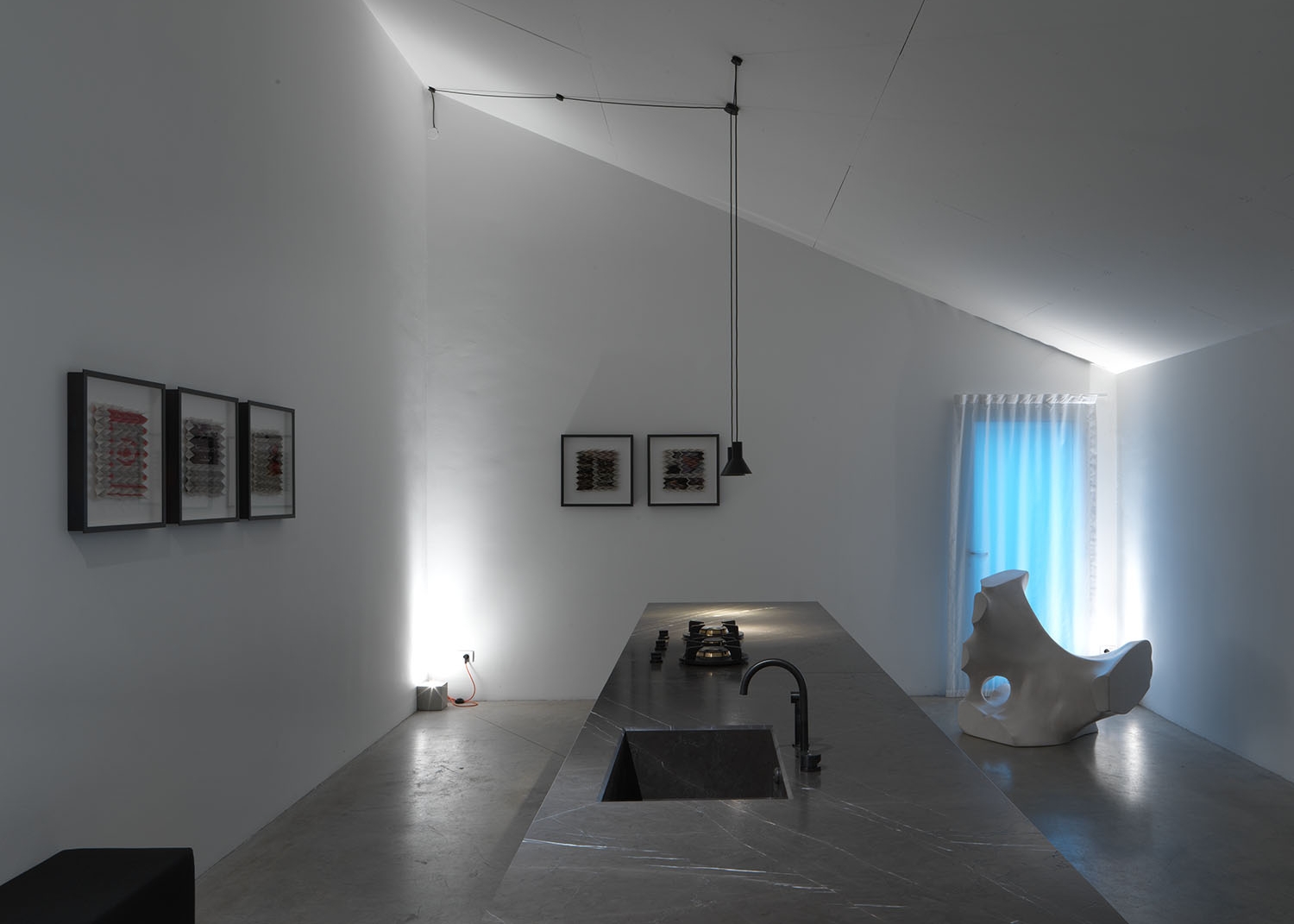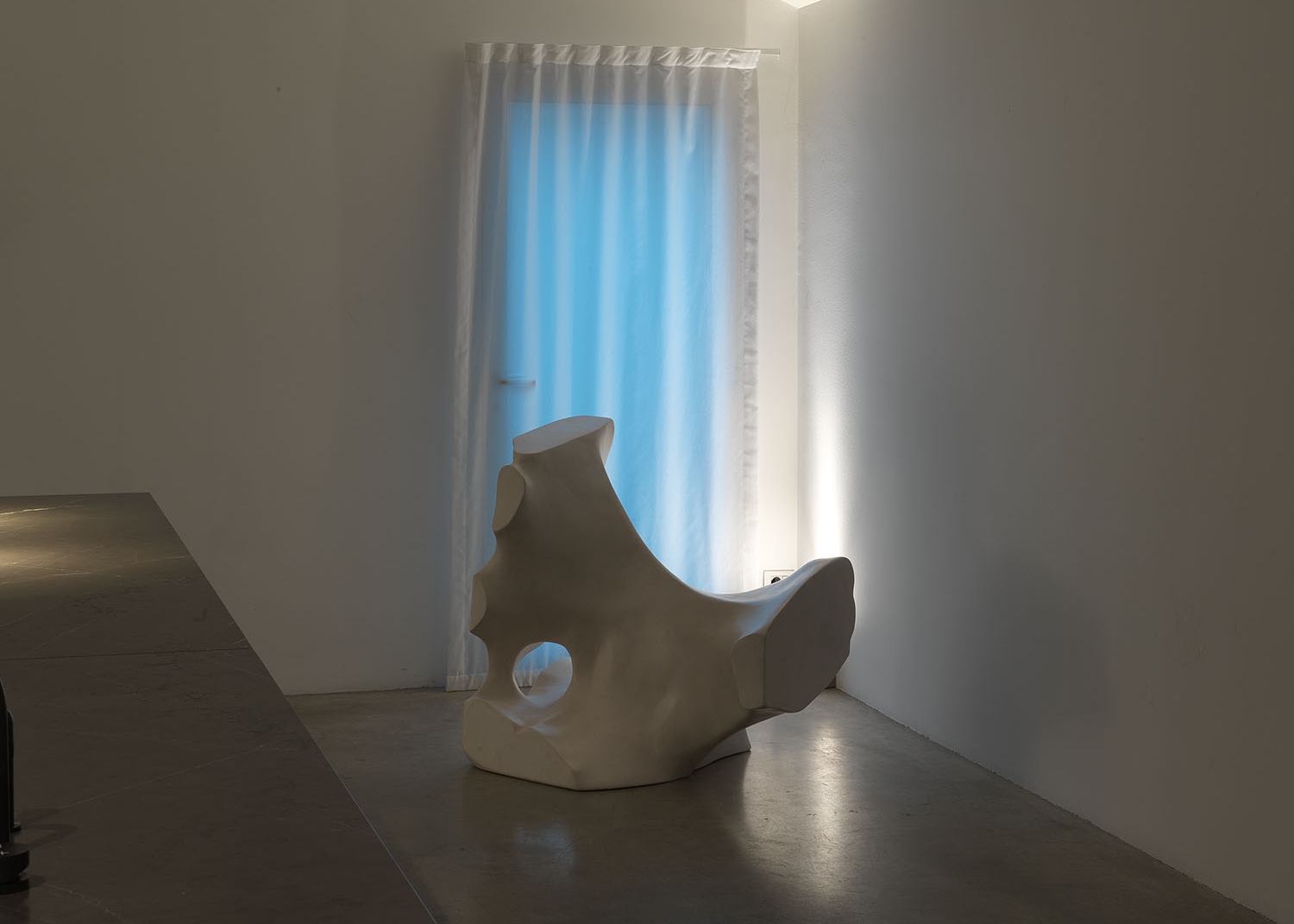PETER SANDBICHLER
Press release
Comunicato stampa
Pressemitteilung
PETER SANDBICHLER
Cavallo Carvallo
Vernissage, 11.04.2018 19 h
Architect Mariano Pichler’s Showroom in Via Ventura, Milan, occasionally morphs into a pop-up space to stage contemporary art exhibitions, and art gallery manager Doris Ghetta uses it sporadically to exhibit her artists’ works. The next scheduled event will be ‘Cavallo Cravallo’, a one-man show by the Austrian artist Peter Sandbichler, who was born in Kufstein in 1964 and now lives and works in Vienna. With its ample minimalist spaces and tall concrete partition walls, the Showroom will house some of the most significant works produced by the artist in recent years, including sculptures from the ‘Skulls’ series, a selection of ‘Schachteln’ (Boxes), wall works from the ‘Origamifaltungen’ (Origami Folds) series, and a large cardboard wall installation. Also on show will be very recent works from the ‘Suppenknochen’ (Stock Bones) series. The title of the exhibition is a play on words in German and Italian, translatable in English as ‘Unbroken Horse’, and refers to the powerful, provocative language typical of Sandbichler’s artistic practice. Peter Sandbichler interprets and analyses the problems typical of contemporary social politics and their figurative depiction through sculptures and wall and floor installations. His raw materials are often constituted by newspaper articles and everyday objects, which he sculpts in his atelier into formally expressive large-scale works. The typical gestures of folding, mixing and rummaging play an important role, with the resulting forms and structures containing and presenting information about the original salvaged materials in a modified form in which contexts change and contents manifest themselves, sometimes visibly, sometimes concealed. Content apart, Sandbichler’s works are charged with emotive messages and facilitate a powerful aesthetic interchange with the viewer. The ‘Skulls’ series, on which the artist has been working continuously since 2014, addresses the theme of the experimental meeting of space, surface and body through a symbolically very representative object: the animal skull. The series is the result of a collage of materials and objects from the industrial sphere and daily life, including waste materials from the artist’s atelier such as buckets, polyester, balls, pipes and so on, used as negatives into which acrylic resin is poured to set into skull shapes. He addresses the skull theme experimentally in an act of extremely free appropriation, enhancing this naturalistic object insofar as, in its formal artistic variety, it is a product of the imagination. The semantic and iconographic level of the object thus emerges through an interplay of surfaces, negative and positive spaces and visual reminiscences. Galleria Doris Ghetta dorisghetta.com Pontives Sud 8 info@galleriaghetta.com 39046 Ortisei, Val Gardena +39 366 150 0243 The ‘Suppenknochen’, a brand new series of works, will also be premiered at the exhibition. It consists of sculptural enlargements of randomly broken animal bones, like those traditionally used to make meat stock. The bone structure is revealed through an uncontrolled, brutal action of fragmentation, which calls into question their stability. Sandbichler reproduces their forms in largescale wood structures, which he covers with elastic fabric and fills with acrylic resin to produce complex bodies. In this case, as in many of Sandbichler’s previous works, the idea of mutilation plays a central role as a conceptual principle, a reference to the precarious equilibrium of systems such as that of the human or animal body. Here as in all his works, Sandbichler also makes broad references to the socio-political situation, seen as the fragile structural base of our democracy. The ambivalence created by the fragmentation and displacement of images and texts is also the subject of Peter Sandbichler’s origami pictures, some of which are on show at the exhibition. The artist learned origami techniques during a stay in Tokyo in 1997 and in this set of works, he has folded carefully selected newspaper articles on current affairs into a herringbone pattern so that given photos and phrases appear on the outside, while others disappear among the folds themselves. This transformation of media literature causes an interruption and loss of our visual perception so that viewers can recognise the content but are unable to access it in a normal linear manner. The result is a shifting of the perspective of perception, which causes us to reflect in a new way on the risks and possibilities information systems offer us. Finally, for years now Peter Sandbichler’s atelier has been producing templates for innumerable works, which he, tongue in cheek, has christened ‘alte Schachteln’, old boxes, and in which his own corporeal contribution is fundamental. They consist of structural elements that may be used as seats or as supports for the human body in different poses. As their name suggests, the ‘alte Schachteln’ are made of old cardboard boxes, which the artist transforms into different shapes under the weight of his whole body in his studio in a performative act that erases their original shape and function. Aside from these processes of transformation, a central role in the works is obviously played by themes such as materiality and user value, and surface and form are important too. In this way, the artist once more evidences innovatively the problem of the relationship between image and content.
Sabine Gamper
